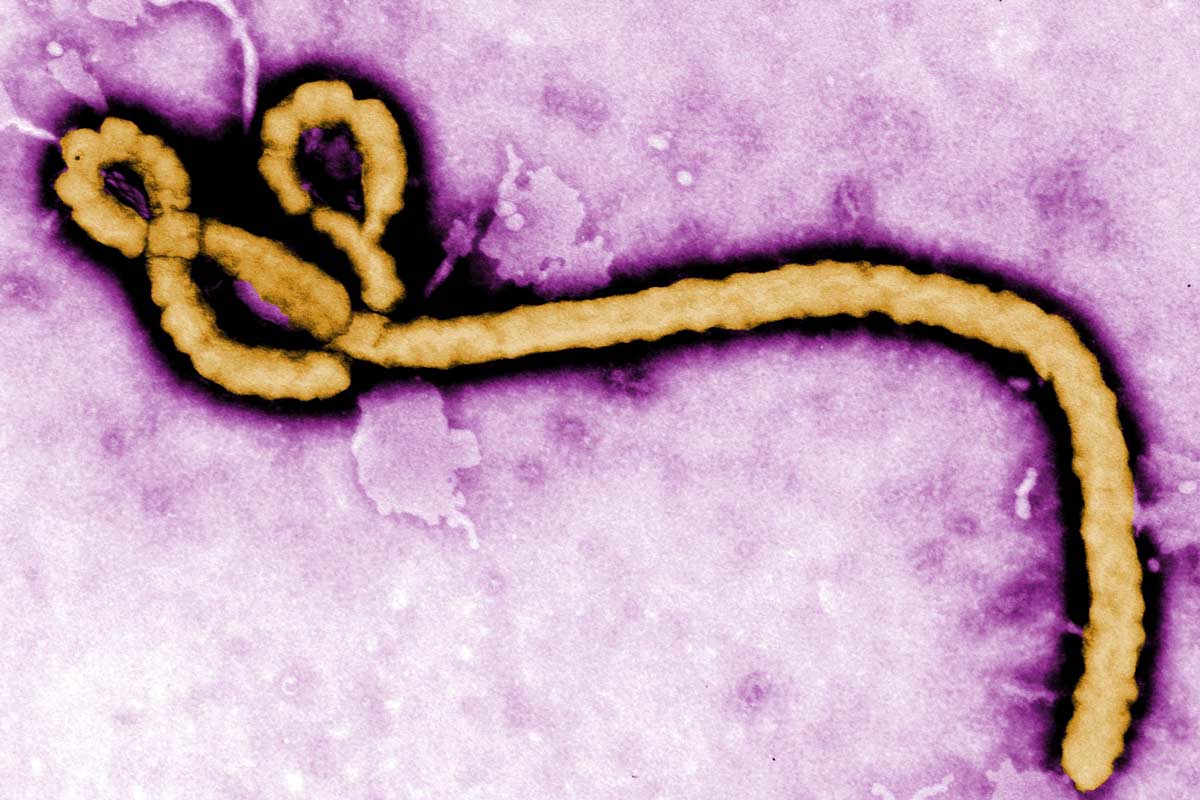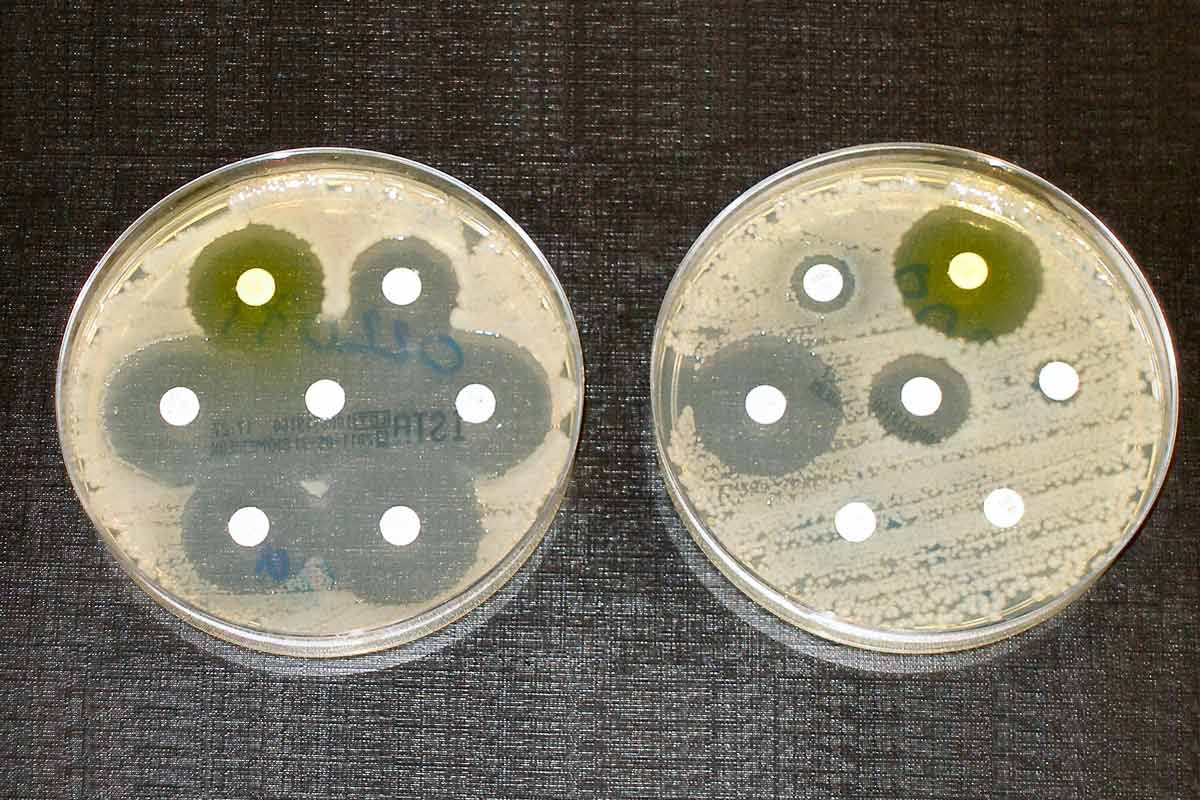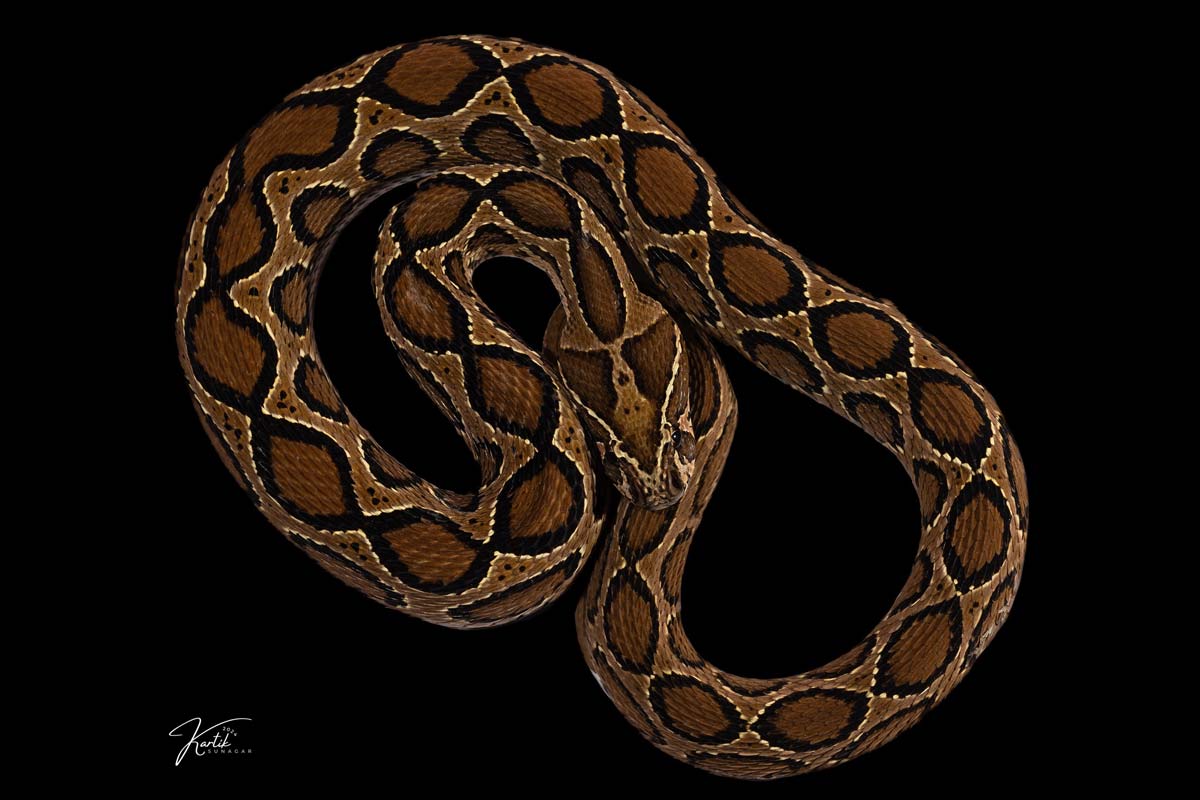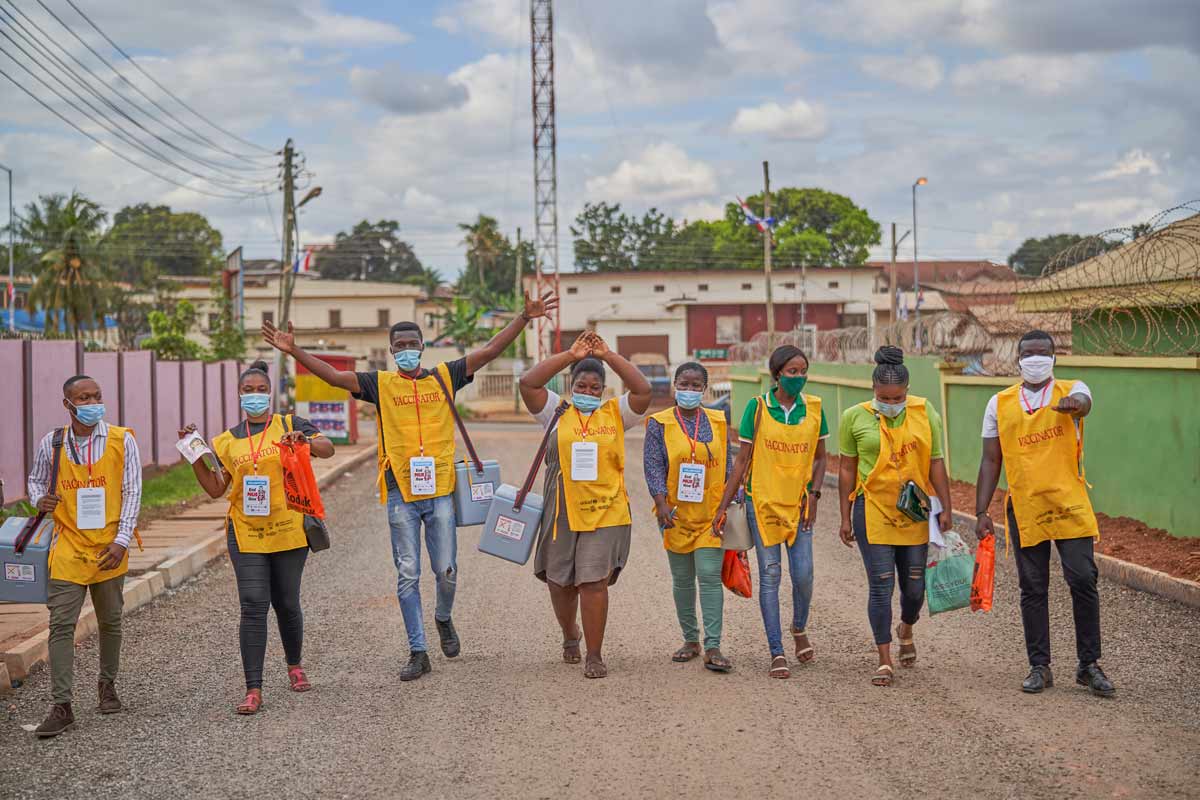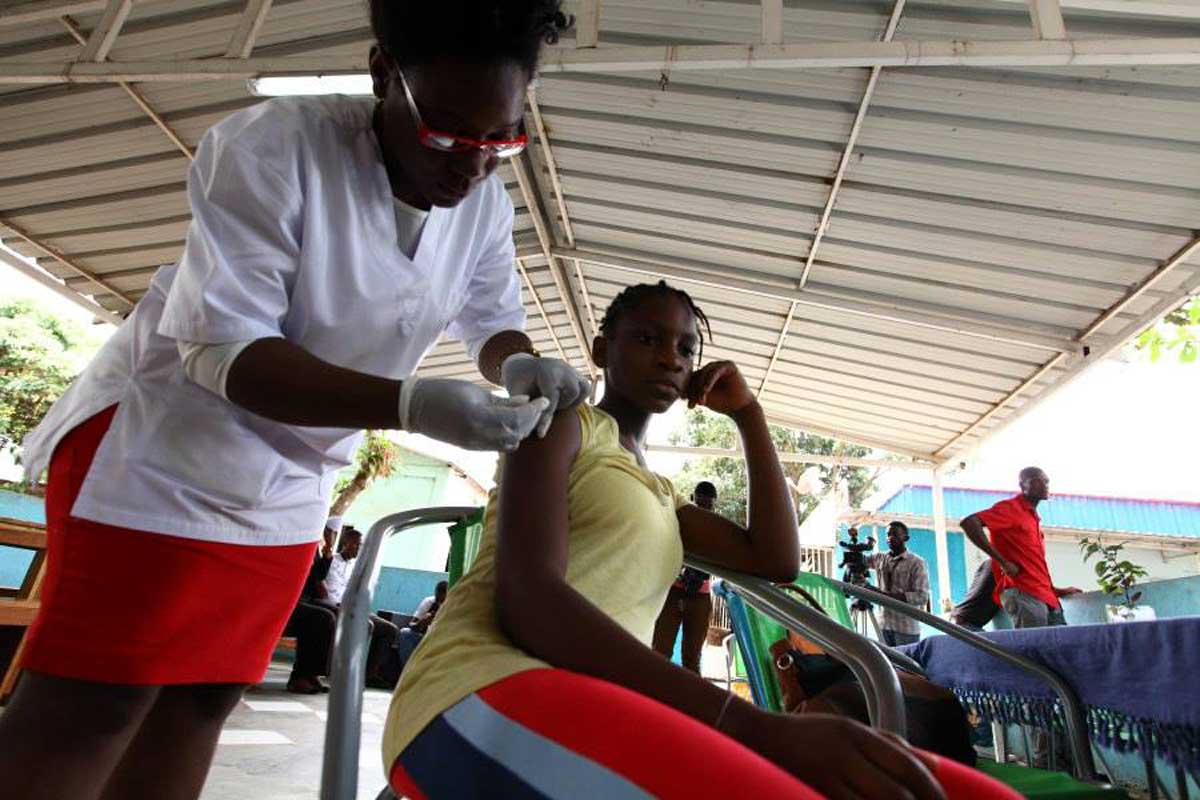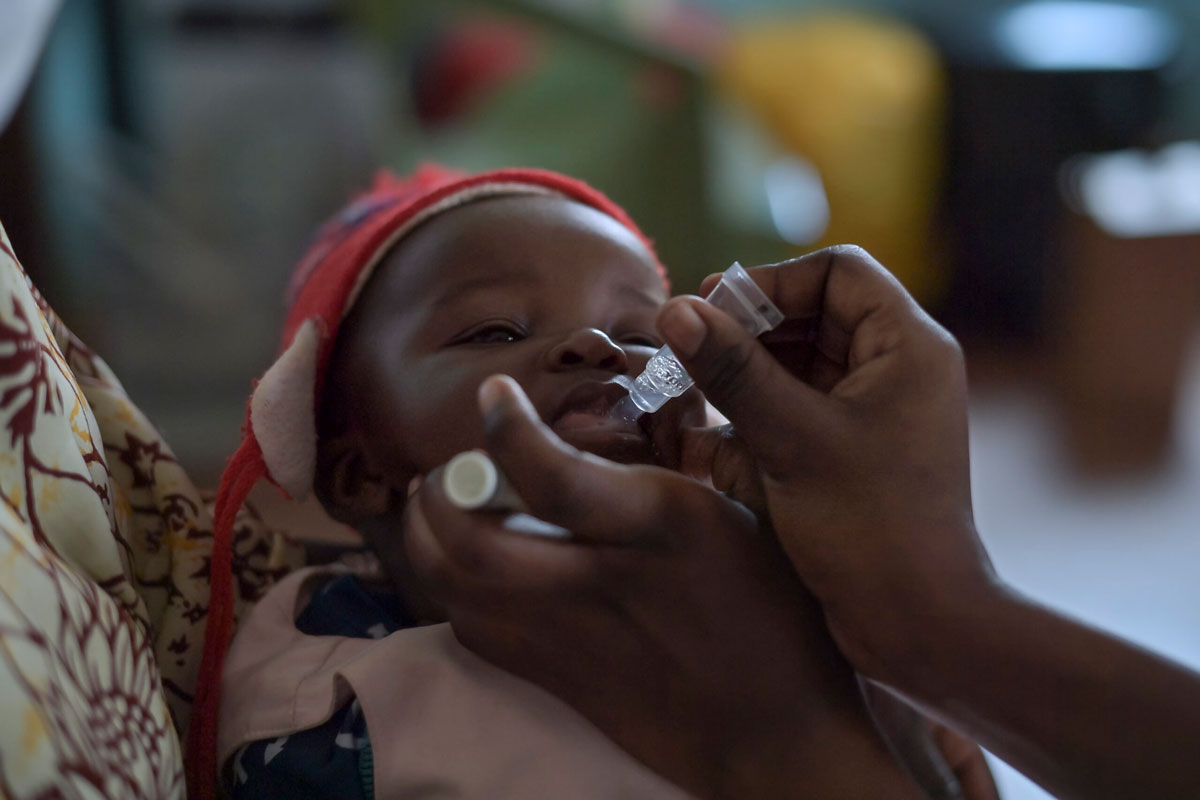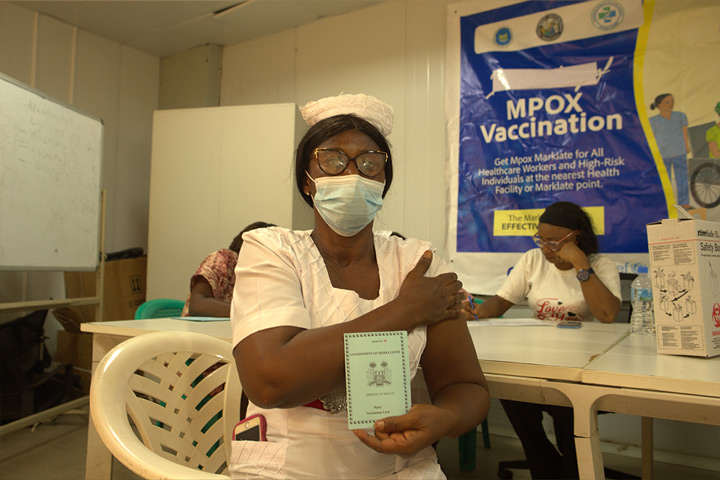Six things you need to know about Alaskapox virus
The first death from Alaskapox virus marks a significant development since its discovery in 2015, but human-to-human transmission has not yet been observed.
- 14 February 2024
- 4 min read
- by Linda Geddes

An elderly man has died after contracting a type of Orthopoxvirus that was first discovered in 2015 – the seventh human case of so-called Alaskapox virus so far. Thought to be circulating in small mammals and related to the viruses that cause smallpox, mpox and cowpox, its detection outside Alaska's Interior region has prompted expanded testing for the virus in small mammals across the US state. Here's what we know about this virus so far.
1. The first human case was in 2015
On 29 July 2015, a middle-aged woman presented to a walk-in clinic in Fairbanks, central Alaska, with a suspected spider bite on her right shoulder. In addition to a skin ulcer measuring 1cm in diameter and two smaller lesions nearby, the woman had been feeling tired and unwell for the past five days, with a fever and tender lymph nodes. Doctors took a swab from one of these lesions and sent it for testing, which revealed a previously unrecognised type of Orthopox virus.
Worrying as the detection of any new virus in humans is, there is no evidence of human-to-human transmission at the current time.
A further case was detected in another Fairbanks woman in 2020, followed by two more cases in the same area in 2021. By February 2024, seven cases had been reported in total.
2. It may be transmitted from small wild mammals
Precisely how the virus spreads is unclear, but it is thought to be transmitted from small wild animals and possibly dogs or cats that encounter these creatures. The man who died from his infection is speculated to have caught it after being scratched by a stray cat.
Animal trapping studies in the Fairbanks North Star Borough have confirmed the presence of Alaskapox in red-backed voles and shrews, but the virus is suspected to be circulating more broadly in Alaska's small mammals. Further infections in humans may also have occurred that have not been detected, the Alaska Division of Public Health said.
3. It causes skin bumps or pustules, swollen lymph glands and joint or muscle pain
Apart from the recent patient who died after contracting the infection, all other cases of Alaskapox have been mild and resolved on their own after a few weeks. Several patients initially thought they had a spider or insect bite. The Alaska Division of Public Health has advised anyone who thinks they might have Alaskapox to consult a health care provider, and to keep any lesions covered and avoid touching them.
4. Immunocompromised individuals may be at greater risk
The patient who died was an elderly man with a history of immunosuppression due to cancer treatment. He is thought to have become infected in mid-September 2023, and despite multiple hospital visits and being prescribed various antibiotics, his condition worsened over the next six weeks. He was admitted to hospital in November 2023, and died in late January 2024.
5. It has only been detected in Alaska so far
The latest case occurred in Kenai Peninsula Borough, near Anchorage on Alaska's southern coast, and is the first case identified outside the country's Interior region so far. Testing by the Alaska State Public Health Laboratory and the US Centers for Disease Control and Prevention has suggested that this virus may be genetically distinct from previous isolates found in Fairbanks, although it is still the same virus.
Its detection might imply that the virus is more geographically widespread among small mammals than previously understood, something that is now being investigated through expanded testing. The aim is to better understand the distribution of the virus and identify ways of preventing it from spreading further.
6. No human-to-human transmission has been detected
Worrying as the detection of any new virus in humans is, there is no evidence of human-to-human transmission at the current time. However, because some orthopoxviruses can spread by direct contact with lesions – particularly if secretions from pustules come into contact with broken skin – Alaska Division of Public Health is advising those with skin lesions potentially caused by Alaskapox to keep the affected area covered with a bandage and avoid sharing bedding or other textiles that have come into contact with it. They should also take photos of the lesion.
